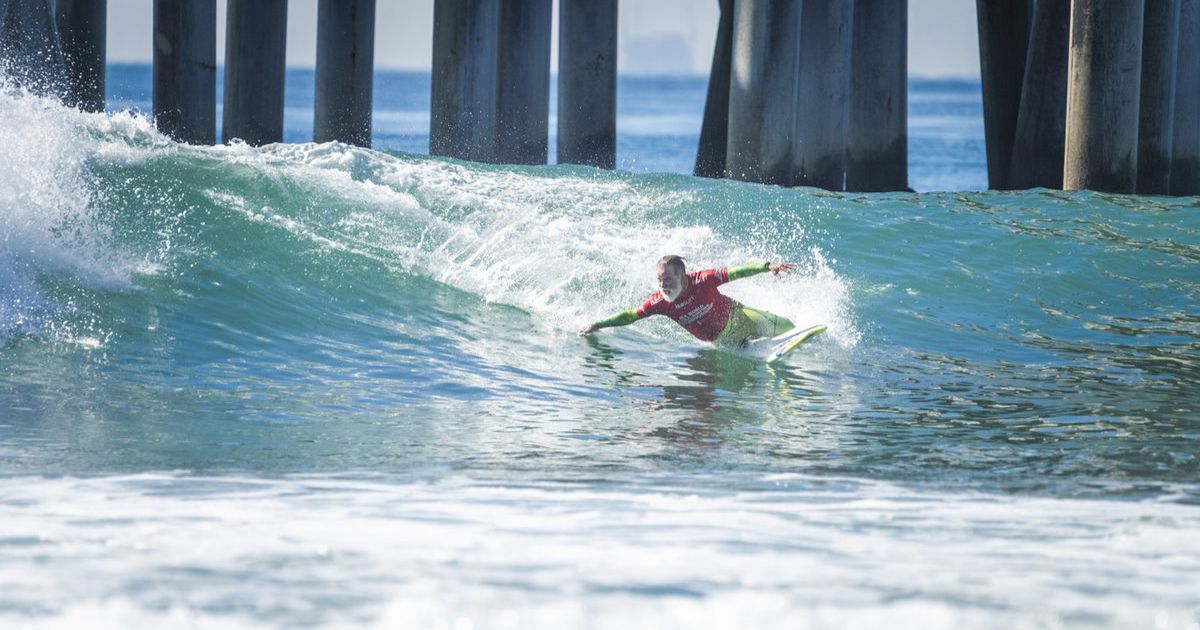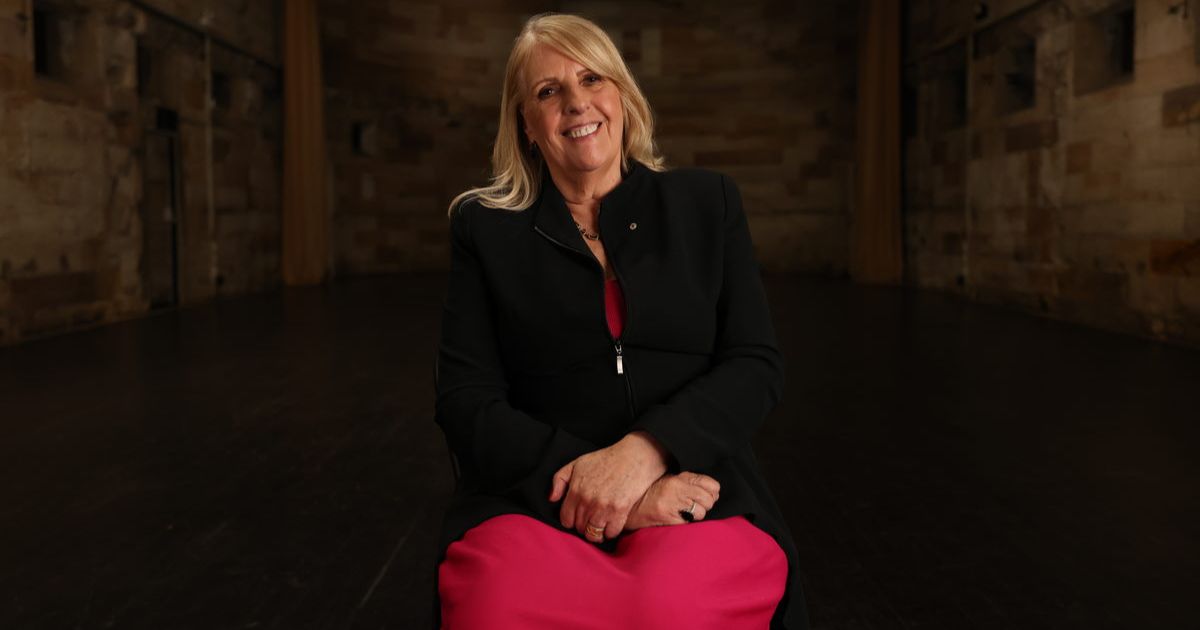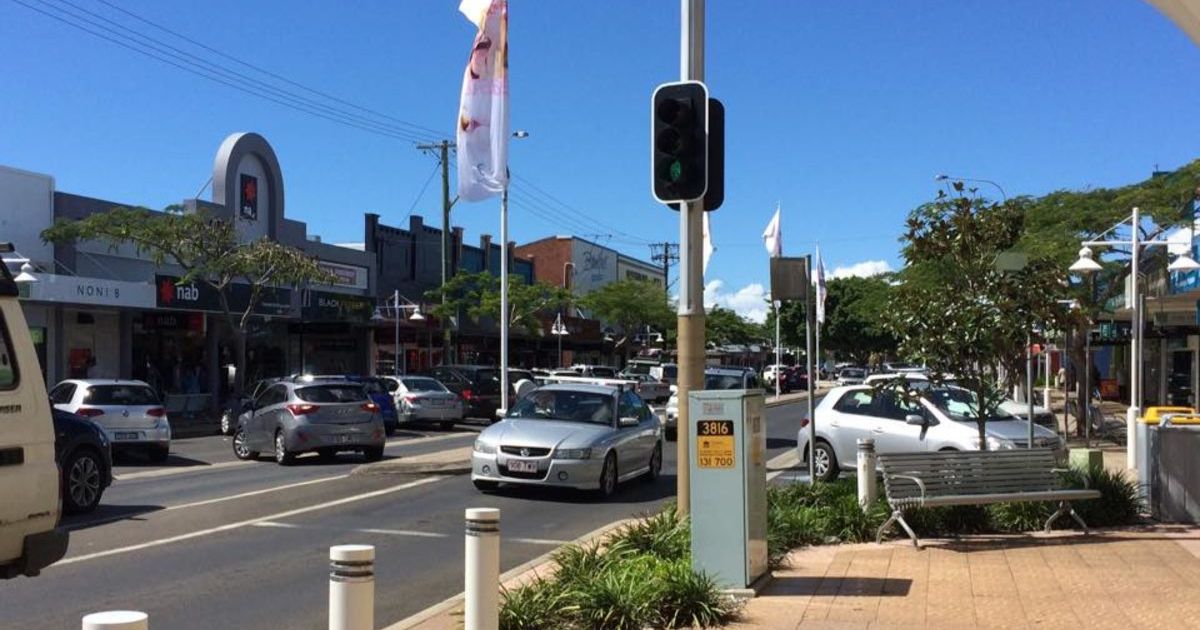North Coast tops state skin cancer hotspot list
NORTHERN New South Wales has received the unwelcome accolade of the highest rate of melanoma in the state, with 350 cases projected in the region by the end of 2024.
The Cancer Institute NSW’s latest melanoma map reveals Ballina, Lismore, and Byron as some of the state’s most dangerous areas.
Ballina Shire was revealed as the number one melanoma hotspot, followed by Lismore and Byron Bay LGAs at number two and three, respectively. The Tweed Shire is number eight on the Top 25 list.
Melanoma is projected to take the lives of close to 500 people across NSW this year and is one of the most common cancers among young Australians.
Ninety-five per cent of melanoma and 99 per cent of non-melanomas are caused by overexposure to UV radiation from the sun and can be prevented. More than 5000 people are expected to be diagnosed in the state in 2024.
Cancer survivor Anne Gately was diagnosed at 44. Cleared of disease after initial surgery, she was subsequently diagnosed with stage four melanoma eight years later.
“Thankfully, after receiving immunotherapy treatment, I was cancer-free within three months, she said.
“I was a tanner, so I spent a lot of time at the beach, and I also spent a lot of time playing sports. It’s not just about personal responsibility but that we have a duty of care to others in our community when it comes to sun protection.”
The Cancer Institute NSW’s Skin Cancer Prevention Strategy 2023-2030 includes the If You Could See UV campaign, to be relaunched this summer which aims to motivate 18–24-year-olds to protect their skin from UV radiation.
“The campaign is spot on in spreading the message that while you may not be able to see or feel the consequences, every amount of UV exposure is adding to the damage,” Gately said.
NSW Chief Cancer Officer and chief executive officer of Cancer Institute NSW Professor Tracey O’Brien said two out of three Australians would be treated for skin cancer in their lifetime.
“Protecting our skin from the sun from a very young age and into adulthood is key to reducing our risk of this devastating disease,” she said.
For more information on the risks and prevention, head to cancer.nsw.gov.au/prevention-and-screening/preventing-cancer/preventing-skin-cancer



















